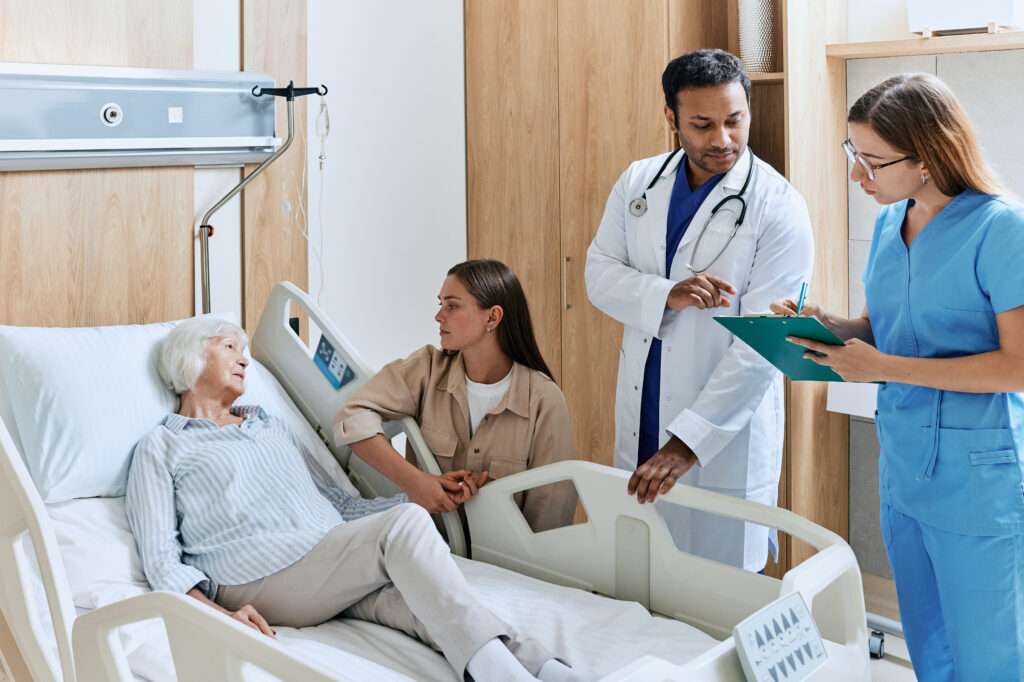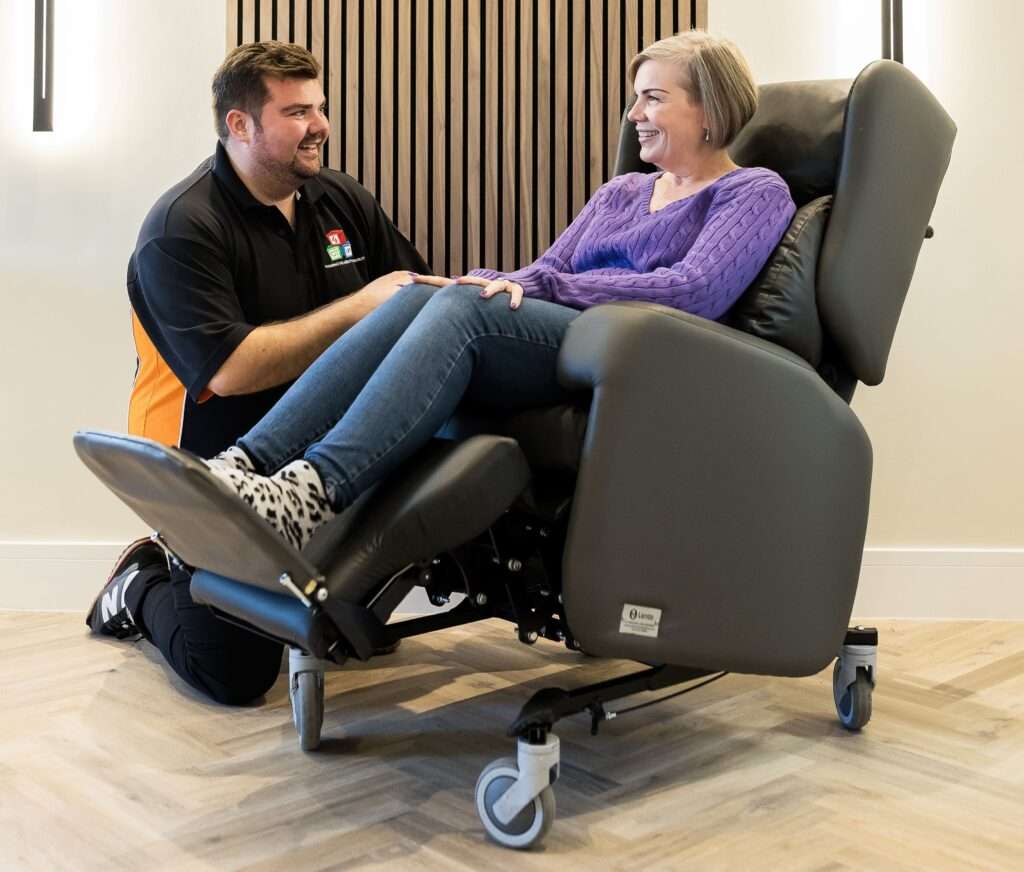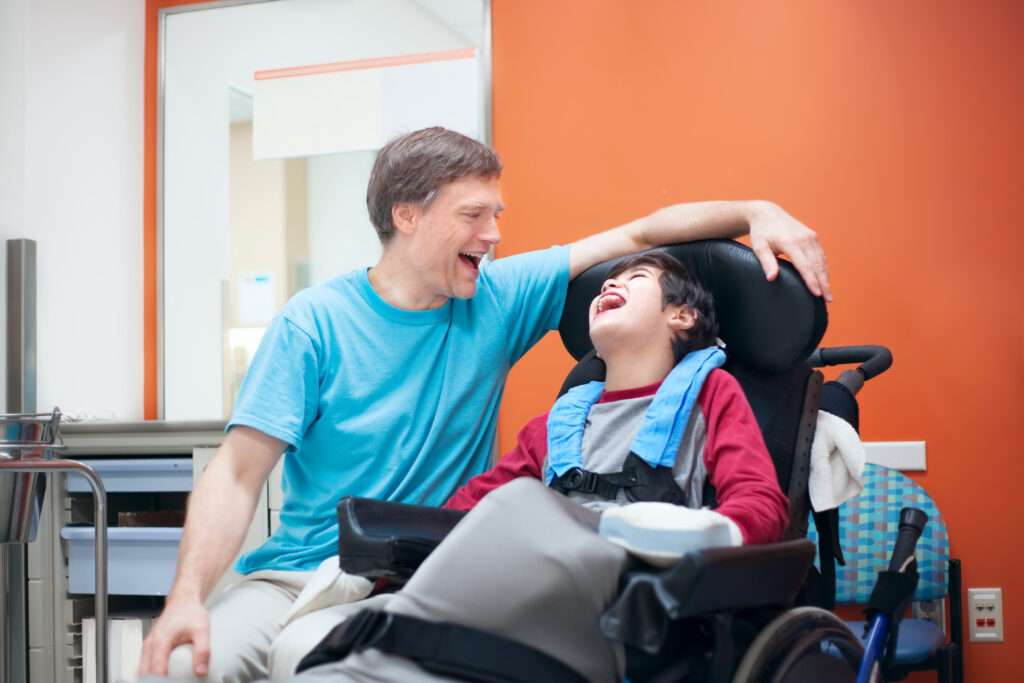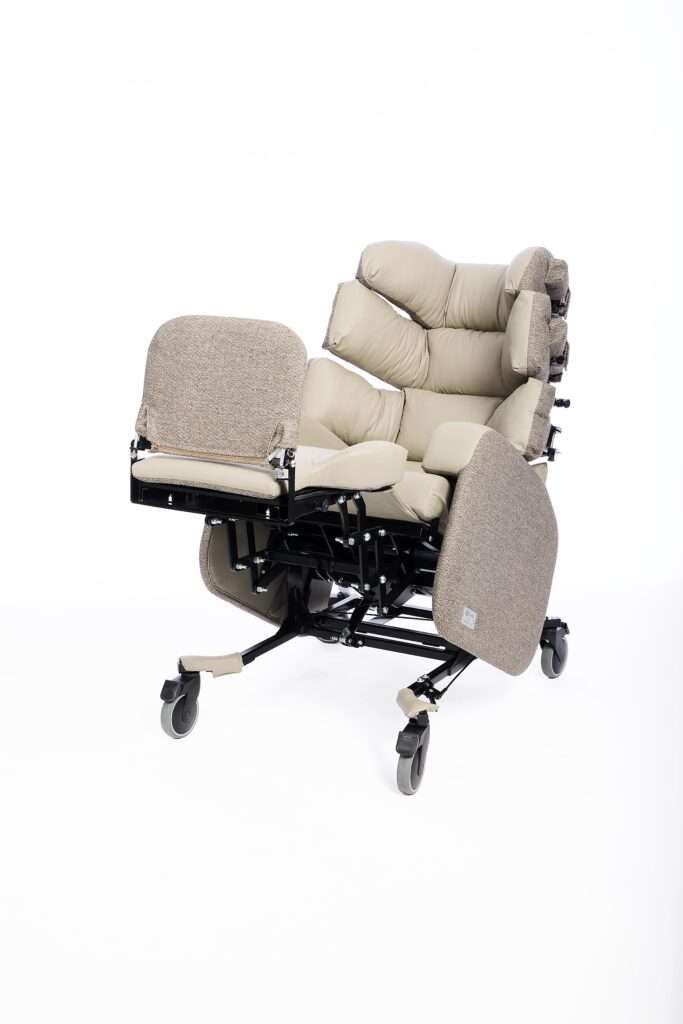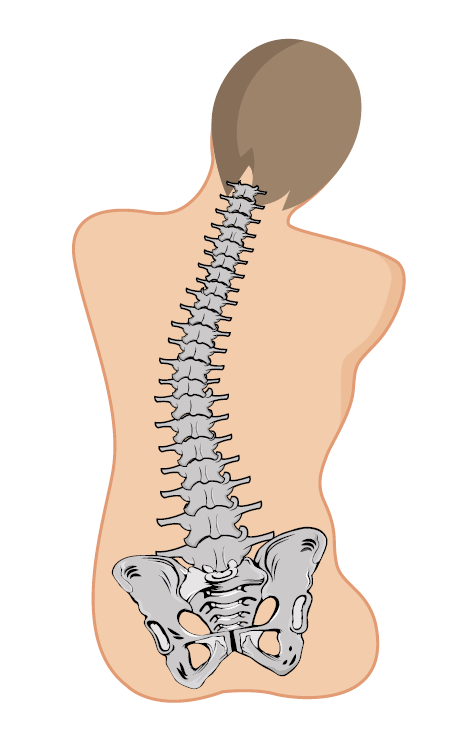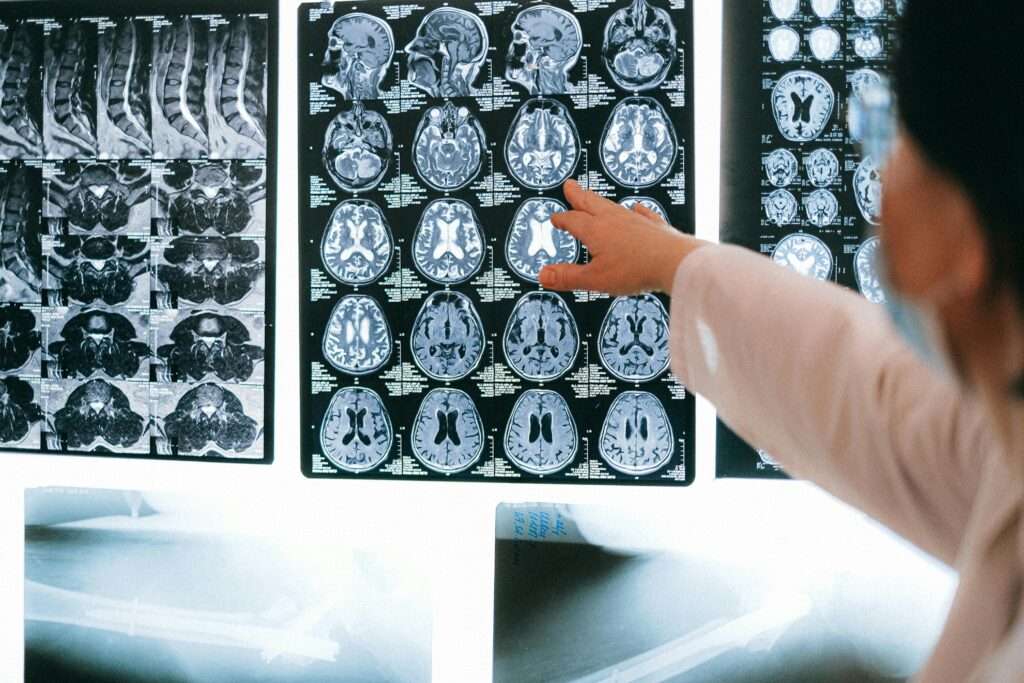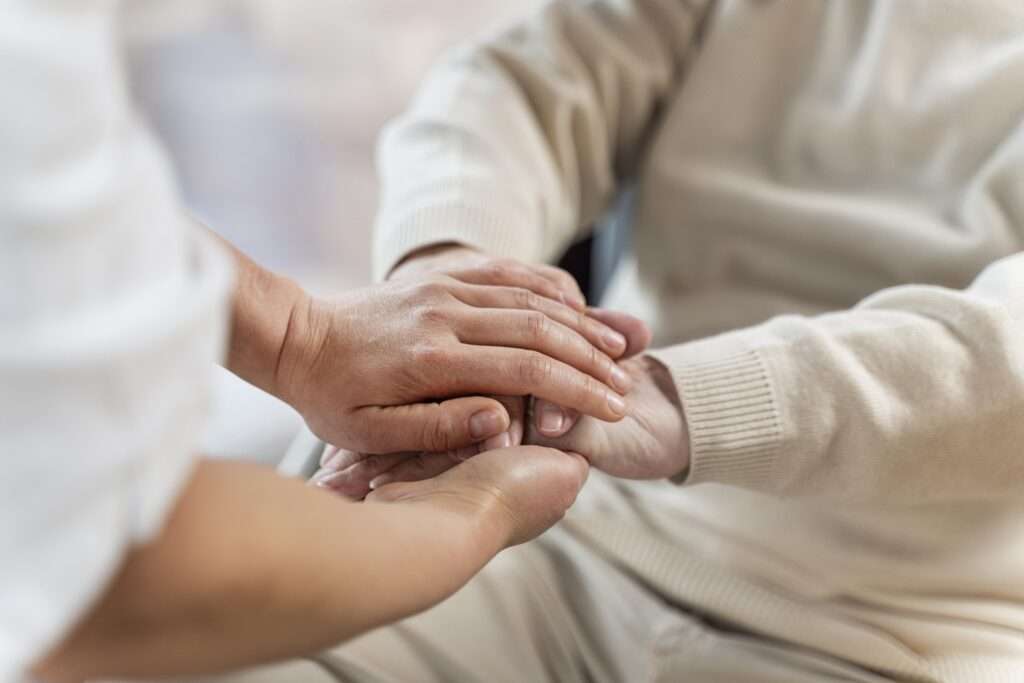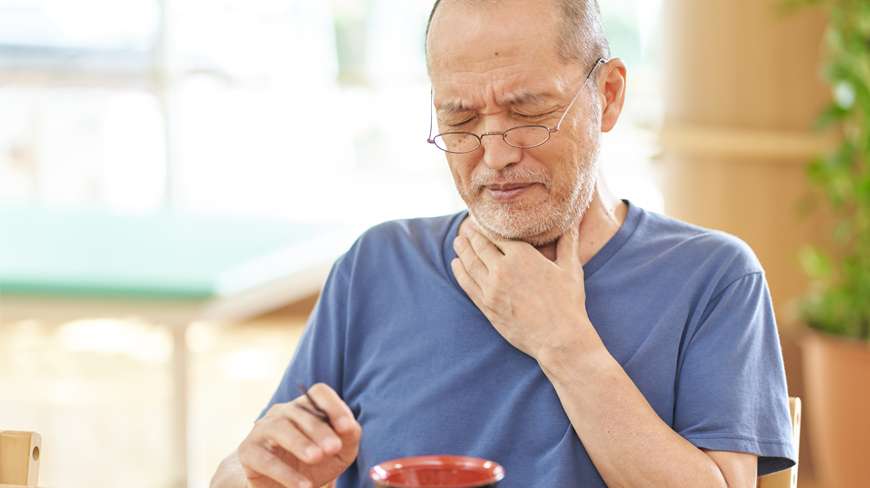What is Early Mobilisation?
Mobilising the patient as early as possible is essential to help their body recover from intensive treatment, and prevent patient deconditioning, a process where the muscle mass and physical strength of the patient starts to deteriorate.
Jump straight to…
The Importance of Early Mobilisation
Early mobilisation of patients is a critical priority for hospitals in their quest to reduce waiting lists and improve discharge times.
Pyjama Paralysis
At the end of 2022, there were 30% more patients medically fit to be discharged than the previous year. This issue of bed blocking (or ‘pyjama paralysis’ as it is commonly known in hospitals) leaves patients at greater risk of picking up HAIs (Hospital Acquired Infections) and contracting pressure injuries, weakening their health further and prolonging their stay in hospital.
In a previous article we looked in detail at the issue of deconditioning, a factor that contributes to delayed discharge in acute and general wards. Deconditioning can occur quickly in ICUs and HDUs when patients are immobile for longer periods of time. A reduction in muscle mass and bone mineral density can occur, causing older patients to lose up to 1kg of muscle mass per 10 days of bedrest.
This in turn results in a greater care load for staff, and adds financial burden to the NHS to the tune of £1621 per day for an ICU bed.
Benefits of Early Mobilisation
Early mobilisation can bring a whole host of benefits to hospitals, significantly reducing the length of patient stay. It improves future health outcomes for the patient, and has been proven to reduce care-acquired weakness, which can develop very quickly when patients are immobile for a prolonged period.
How can Seating Improve Mobilisation in Acute Care?
Having the right mechanisms in the chair can take the strain away from staff when helping patients in critical care wards regain their physical strength and movement.

Seating Features to Consider for Early Mobilisation:
Lie-flat functionality
Being able to convert the chair to a horizontal lie-flat position is a really useful feature for fast-paced intensive care wards. It allows fast and efficient transport of the patient without moving or repositioning them, particularly helpful for when the patient has suffered traumatic injuries or is unconscious.
Height adjustment
Easy height adjustment with an electric handset makes care routines easier, raising the chair to the right height to carry out leg exercises or administer treatments/drugs. Helping patients regain their mobility quicker prevents deconditioning and enables faster discharge, increasing the available space on wards.
Easy transfers
When patient starts to regain their mobility, transferring on and off the chair becomes easier by removing the sides of the chair and adjusting to the right height for the transfer surface, making the transfer smoother and minimising moving & handling risks. Stretcher-style positioning makes it easier for staff to move the chair around, and transfer patients between wards or to the hospital garden etc.
Sertain chair
The Sertain features different electric movement functions for easier caregiving.
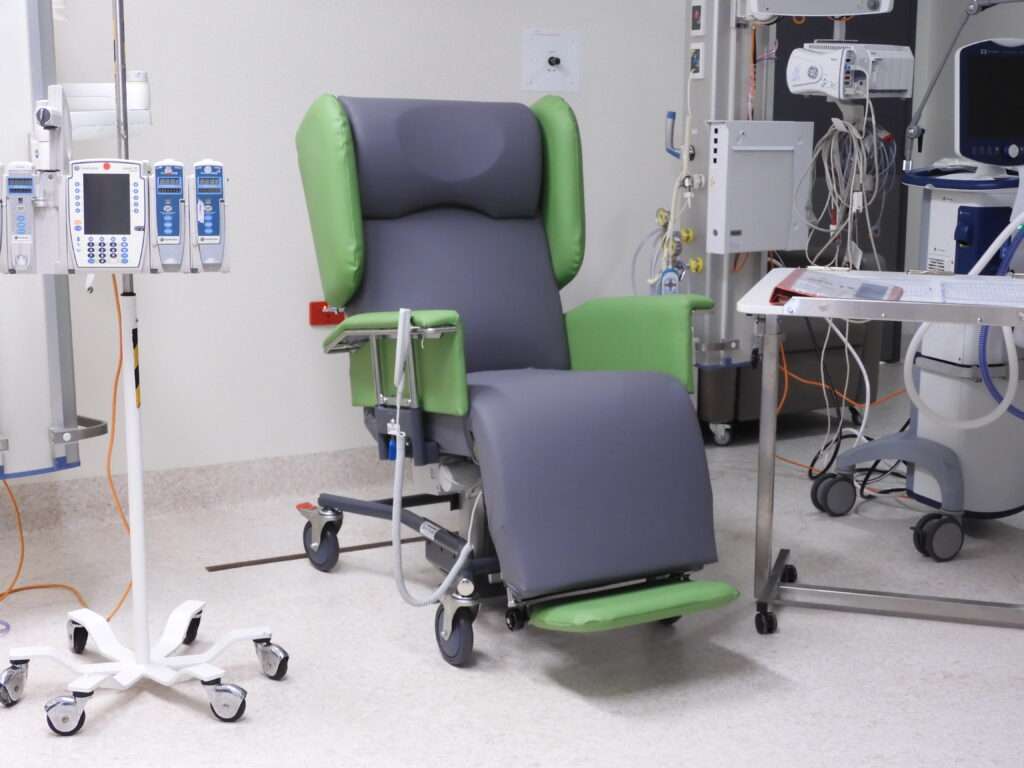
Sertain HILO Chair for ICU, Intensive Care, and Early Mobilisation
Lie-flat functionality
A lie-flat chair can be laid fully flat, enabling quick and safe mobilisation of trauma patients. It also eliminates the need for hoist transfers, as the patient can be pat-slided from the bed to chair and vice versa.
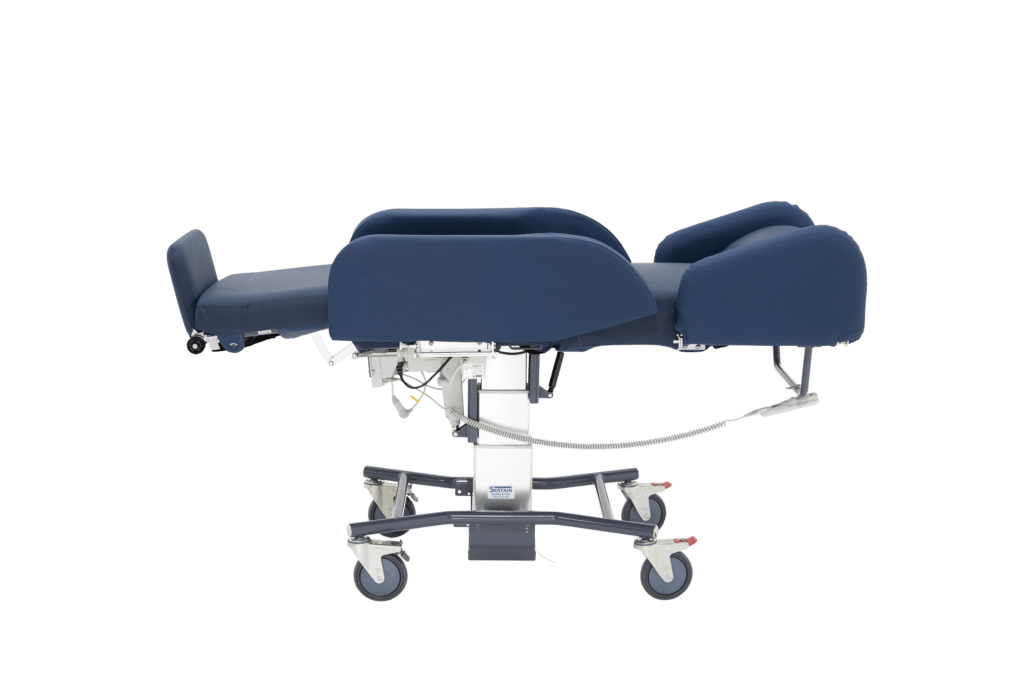
Hi-Lo adjustment range of 550-850mm
This helps the nursing staff administer care by moving the chair to the appropriate height for caregiving.
Drop-down sides
Drop down sides give easier access to the patient particularly in emergency situations like CPR, and also assist with transfers.
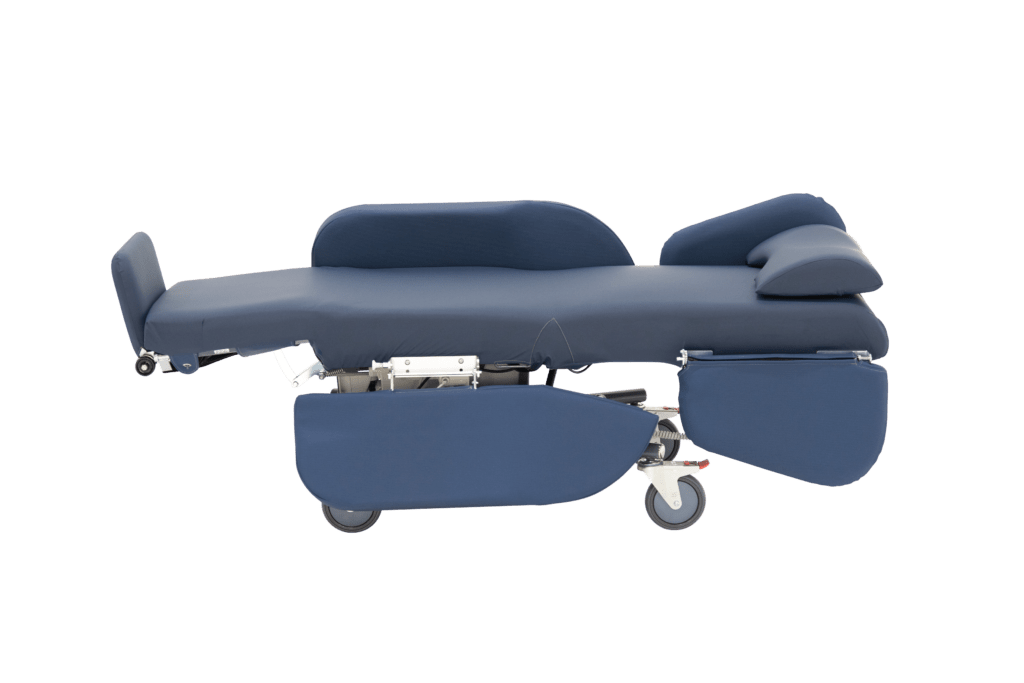
Patient Therapy Chair
The Patient Therapy chair has a range of preset positions for acute care, including:
- Zero Gravity
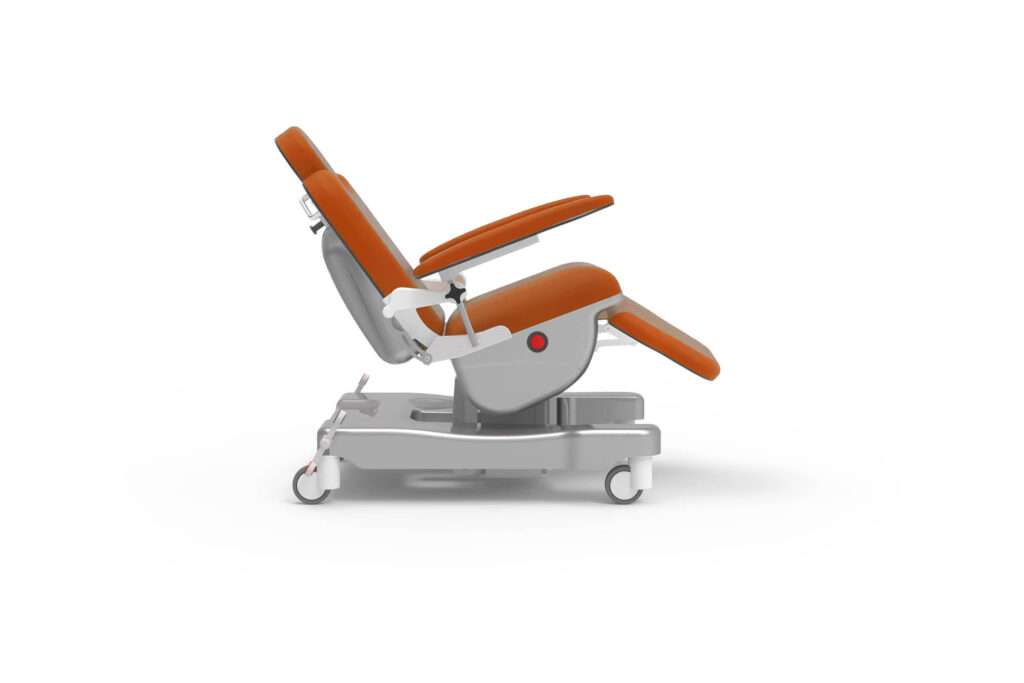
- Trendelenburg & reverse Trendelenburg (from 30° to -13°)
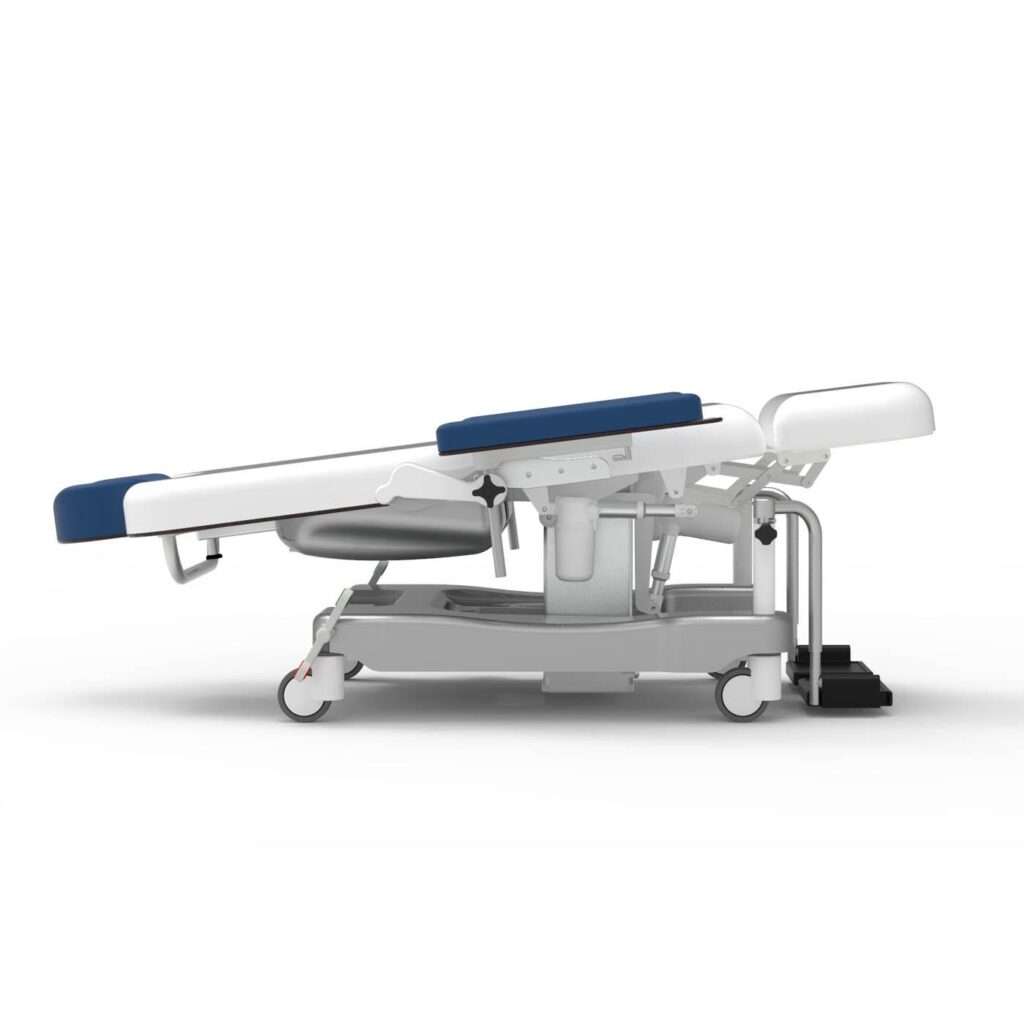
- Sit To Stand
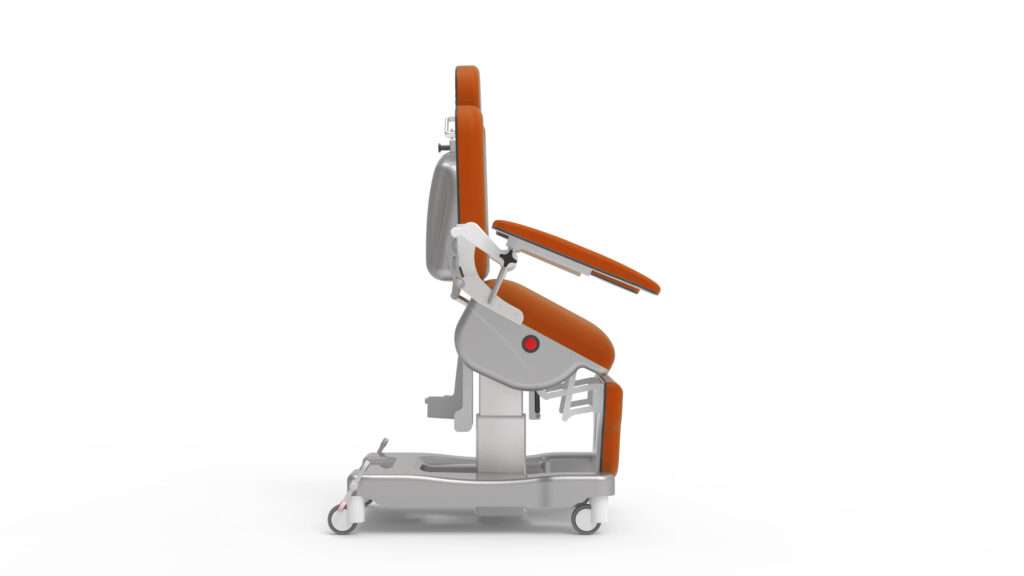
- CPR

Designed to assist rehabilitation, the footplate tucks completely under the chair so there is no obstruction when the patients stands up and sits down. The vertical tilt movement angles the seat base forward whilst lifting the chair, safely moving the patient into a position where is it easy for them to exit the chair. These ergonomic features help the patient get to their feet quicker and mobilise faster.
Mobile Day Surgery Chair
An all-in-one patient transfer and day surgery chair, this stretcher-style chair is easily transportable with ergonomic grips and folding side rails.
The Mobile Day Surgery chair moves easily into a lying position and has a range of positioning options; lie-flat, Trendelenburg, and lateral decubitus.
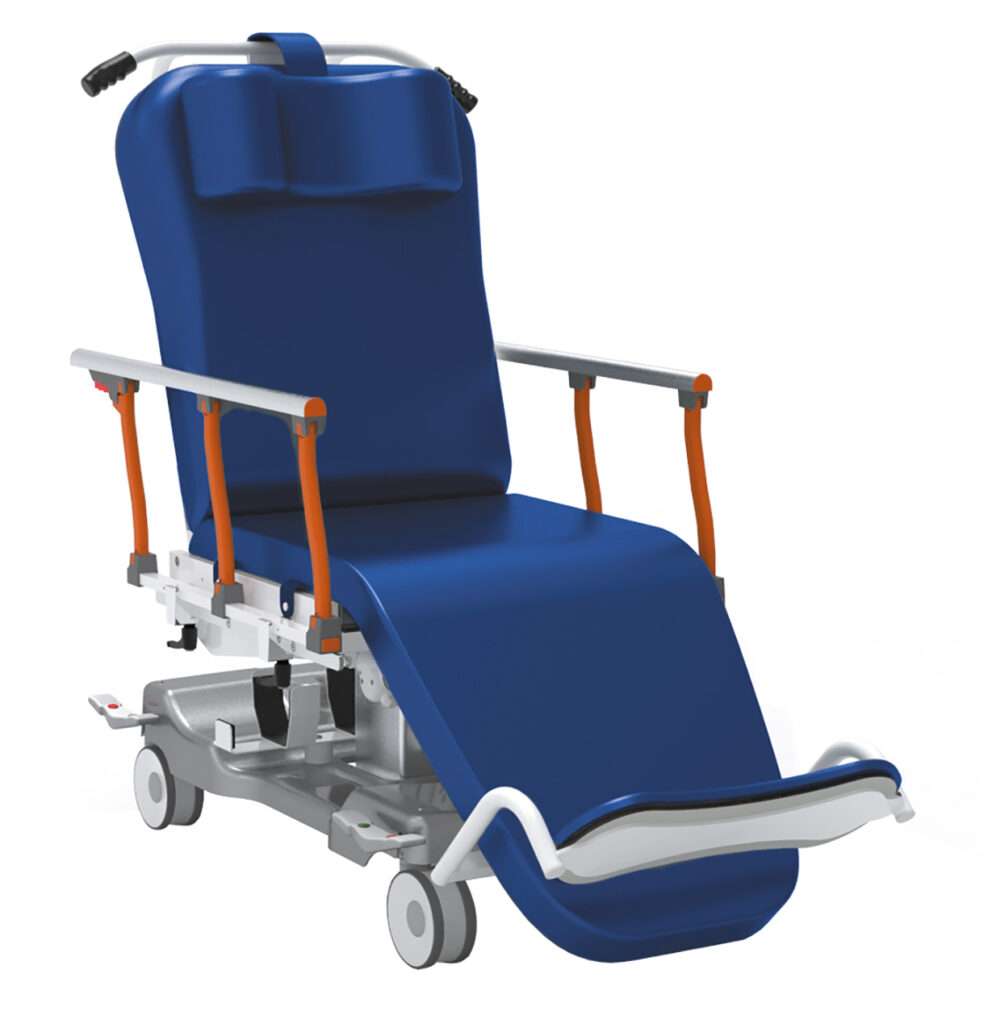
Conclusion
The priority in critical care seating is having inbuilt functions that will help the patient mobilise as soon as possible after intensive surgery, and prevent ICU-acquired weakness.
Good infection control features are also paramount to prevent the spread of any infection that could interfere with the patient’s recovery.
If you need a review of your ICU seating, reach out to one of our Acute Care Team today:
Get Expert Advice





